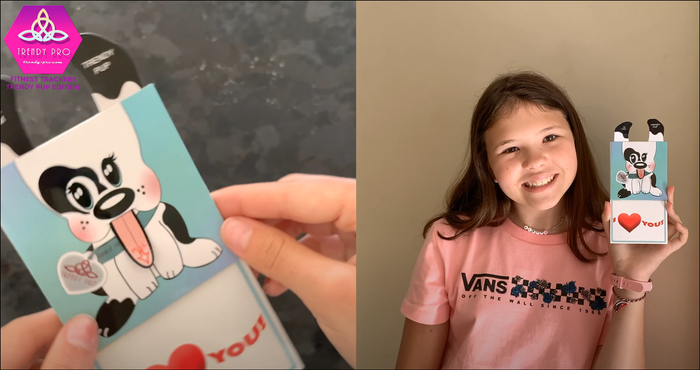1. Find a “Giving Tree”

Throughout the holiday season, there might be “giving trees” or “wish trees” in your town building or the local mall, and they’ll be filled with tags that show children’s names and their holiday wish lists. Scout out these places or contact your local Salvation Army to learn where you can find one of these trees, and then head out with your child. Have him pick a name from the tree and shop together for the child’s wish list.
2. Go Through Toys and Clothes

Why not do your spring cleaning a bit early this year? It can be hard for children to part with toys and clothes that they’ve been using and wearing for a while…so be sure to set the activity up and discuss it beforehand. Talk with your child about less fortunate kids — some may not have toys to play with…and some probably don’t have warm clothes for the winter. Pull out some toys that your child hasn’t played with in a while and clothes that may not fit anymore. Together, choose a few items to donate to children who can use and benefit from them. Then, pack everything up, go find a clothing drop-off site, and let your child do the donating!
3. Make Cards

Does your child love to draw, decorate, or color pictures? Set aside some time to make holiday cards for children in the hospital, troops overseas, people in assisted living communities or nursing homes, and anyone else who could use an extra dose of happiness this time of the year. Then, have your child help you send them out or drop them off.
4. Donate Food

When you and your child think of the holidays, you likely think of your favorite foods that go along with them. Talk with your child about the importance of participating in a food drive for those less fortunate so that they can experience the delicious tastes of the season, too. Take a trip to the store to buy food to donate…and make it fun! If they have child-sized shopping carts, encourage your child to take the reins. Ask your child to pick a favorite holiday food to donate so that others can eat it, too, and work together to find it in the store — if it’s stuffing, grab some boxes of that; if it’s pumpkin pie, grab some cans of the filling. Once you make your purchases, have your child drop everything in the bin.
5. Deliver Goodies to Local Organizations

Whether you and your child love to bake holiday cookies or whip up endless amounts of snack mix, make extra. Decorate bags with your child, stuff them full of treats, and go around and pass them out to employees at the police and fire stations, hospital, and other local organizations that serve the community.
6. Work with Animal Shelters

Animals deserve the best, too. Contact a shelter nearby to see what they need — dog food, cat litter, bowls, etc. — and go to the pet store with your child to pick everything out. Or, call ahead to ask if you’ll be able to walk around and pass treats out to the animals. Either way, when you go to the shelter, do a lap around the kennels with your child and give the dogs and cats some love.
7. Create a Kindness Tree

Throughout the season (and even year round!), keep track of everything you and your child have done to help others by creating a kindness tree. Make a tree trunk out of cardboard or paper and cut out leaves from colored construction paper. Hang the tree trunk on the wall of the kitchen or the door to your child’s room and, on each leaf, jot down an act of kindness or activity your child does to help others. This is a great time to reflect on giving back and to talk about how it makes your child feel. Have your child hang each leaf up…and watch the tree grow.
Reference: Jeannie Krill of Bright Horizon









